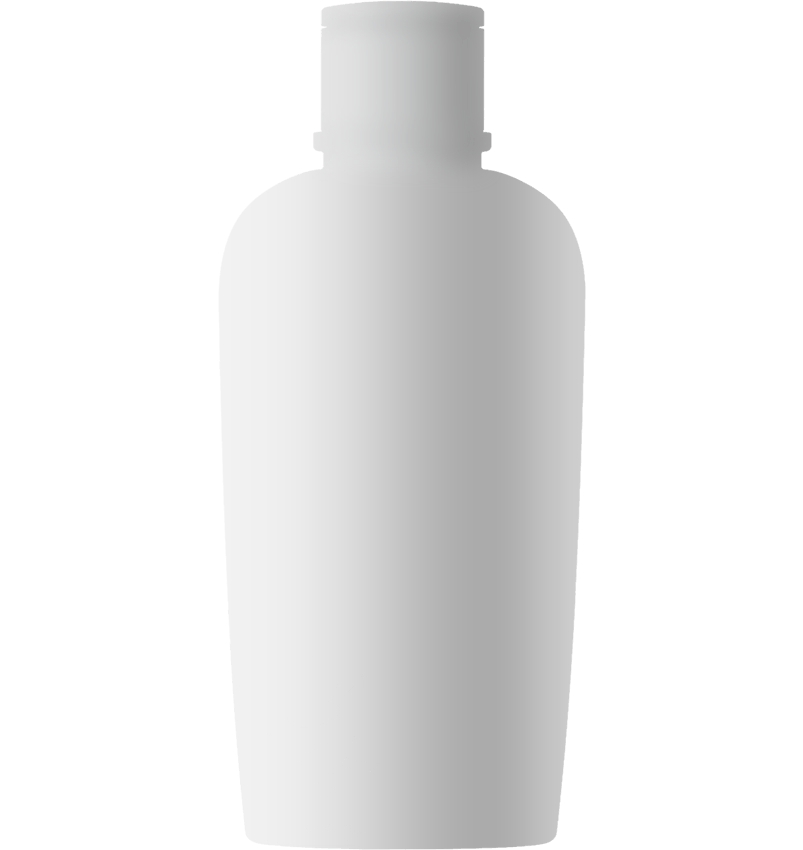Understanding Upper Blepharoplasty: A Leading Aesthetic and Functional Solution
Upper blepharoplasty represents a significant segment in the global oculoplastic surgery market. As one of the most frequently performed facial rejuvenation procedures worldwide, it combines microsurgical precision with measurable patient outcomes. This dual-purpose procedure delivers both aesthetic enhancement and functional improvement, addressing market demands for periorbital rejuvenation solutions. Our surgical expertise enables precise modifications to the upper eyelid architecture – including skin excision, fat redistribution, and muscle adjustment – while maintaining natural eye function. The procedure’s versatility extends to both elective cosmetic improvements and medical necessities, such as visual field obstruction correction. With state-of-the-art surgical techniques and customized treatment protocols, upper blepharoplasty delivers high patient satisfaction rates and documented quality-of-life improvements.




